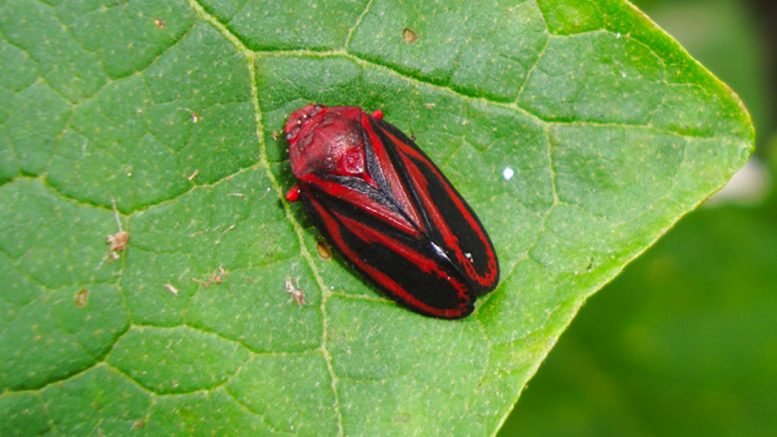“The climatic history of the farming region must be the pillar for the elaboration of the control program.”
Gabriela Vieira Silva is a biologist from the State University of Northern Paraná, an agronomist from the Centro Universitário Filadélfia, a master in entomology from the Federal University of Paraná, and a Ph.D in plant health from the State University of Londrina in partnership with Embrapa Soja.
Silva is a founding partner of Empresa Agribela – Pesquisa e Desenvolvimento de Tecnologias Biológicas, manager of the Centro Tecnológico da Biomassa and professor in the Master’s Program in Agronomy at the State University of Northern Paraná.
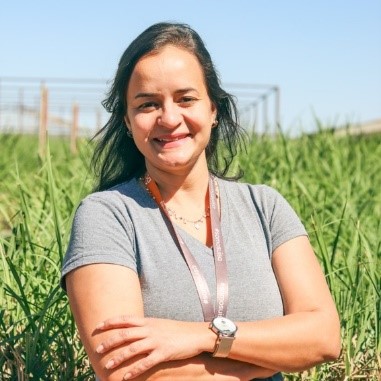
Gabriela Vieira Silva, founding partner of Agribela.
Billions are lost annually because of attacks by insects that feed on sugarcane. Whether in the root, in the stem, or in the leaves, the pests that attack this crop are dynamic and have no time for “standing around”. So, what is the recipe to avoid such damage?
Before answering, it is worth highlighting a few points. The most important sugarcane pests are from the orders Lepidoptera, Coleoptera, Hemiptera, Hymenoptera and Isoptera; examples of each order would be the sugarcane borer, boll weevil, red-leafhopper, leaf-cutting ants, and termites, respectively. Each of these insects has remarkable biological and behavioral characteristics, but there is a similarity between them: they all occur when conditions, biotic and abiotic, are favorable. It seems obvious, but the management to avoid the damage they can cause should start from this fact.
The climatic history of the farming region must be the pillar for the elaboration of control programs. Insects react to temporal variables, especially temperature and humidity. The sugarcane borer (Diatraea saccharalis), the red-leafhopper (Mahanarva fimbriolata) and the sugarcane billbug (Sphenophorus levis), for example, have population peaks in periods when rainfall rates are higher, although they occur throughout the year. Thus, sampling and monitoring efforts should be intensified at these times.
Although there are no established control levels for all pests, the literature and experience in the sugarcane sector provide some certainty about the best time to act for the main pest species. The pest levels that demand necessary action, indicated by the number of individuals/area or by the percentage of injuries/area, must be carefully followed, so that the results obtained are the most effective, avoiding waste of inputs, and delaying the occurrence of resistant populations.
As tools, within the Integrated Pest Management of sugarcane, we have chemical or biological insecticides. Although it is not the most representative crop in terms of area (there are approximately 8.5 million hectares in Brazil), sugarcane is one of the most expressive in terms of product diversity. If we look at the biological possibilities, we have parasitoid wasps (Cotesia flavipes, Trichogramma galloi and Tetrastichus howardii), entomopathogenic fungi (Metarhizium anisopliae and Beauveria bassiana) and bacteria (Bacillus thuringiensis) being used in large areas. In addition, chemical insecticides that are increasingly selective and less aggressive to the environment are also available for all sugarcane pests.
If you are using the best available products, the best application technology is indispensable. For chemical products, terrestrial application should be prioritized, with adequate nozzles and tips, as well as flow rates, respecting the recommended doses.
For microbiological products, the same should be done: follow the recommended doses, produce the application solution correctly, and spray it under the right conditions.
Regarding macroscopic biological products (wasps), special attention should be paid to product quality, shelf life and application conditions. Today, the technology for releasing these organisms has advanced a lot, providing high efficiency.
Among the tools, the sugarcane varieties cannot be forgotten. Each one has its peculiarities, such as susceptibility or not to certain pests, in addition to transgenic varieties. The choice of the correct location, based on the history of occurrence of the pest and edaphoclimatic characteristics, is an indispensable condition for pest management.
Having highlighted these points, let’s answer the initial question: there is no ready-made recipe! Integrated pest management is a comprehensive concept that presents the premises for the success of the sugarcane farm. It is up to those responsible to understand the biology and behavior of the species, use the best tools available and, especially, make decisions and take actions at the right time. This makes it possible for the pieces of the Integrated Pest Management puzzle to fit together perfectly and allows the successful management of the sugarcane farm.
Examples of pest attacks in sugarcane
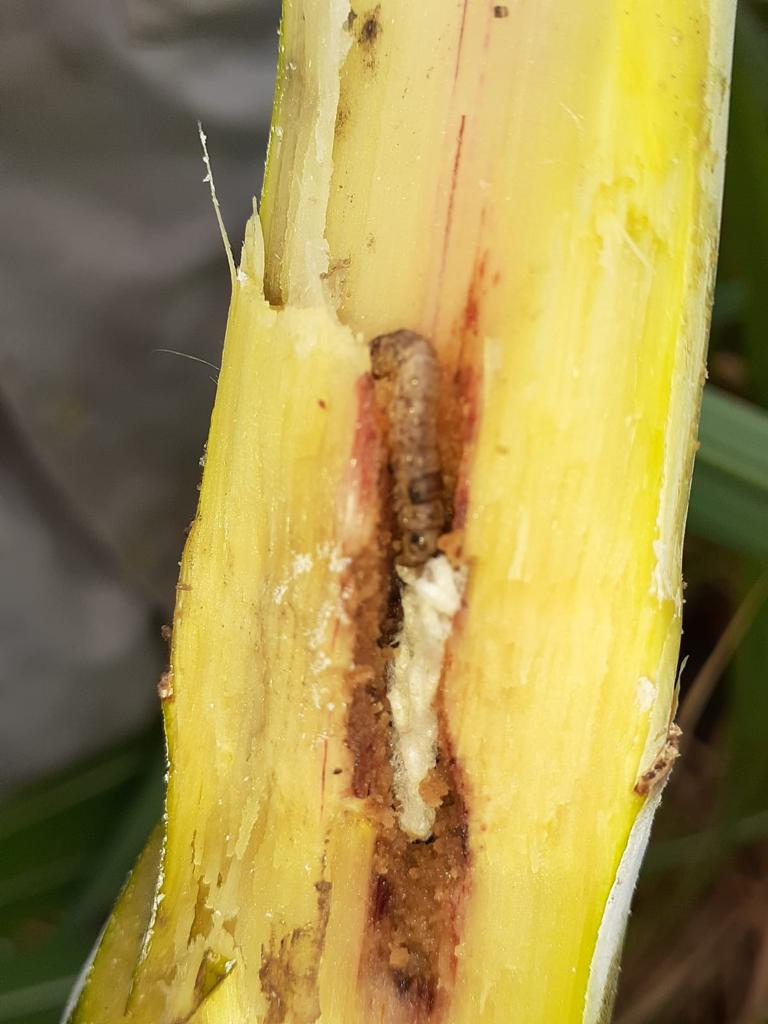
Photo 1: Diatraea saccharalis caterpillar, the sugarcane borer, parasitized by Cotesia flavipes.
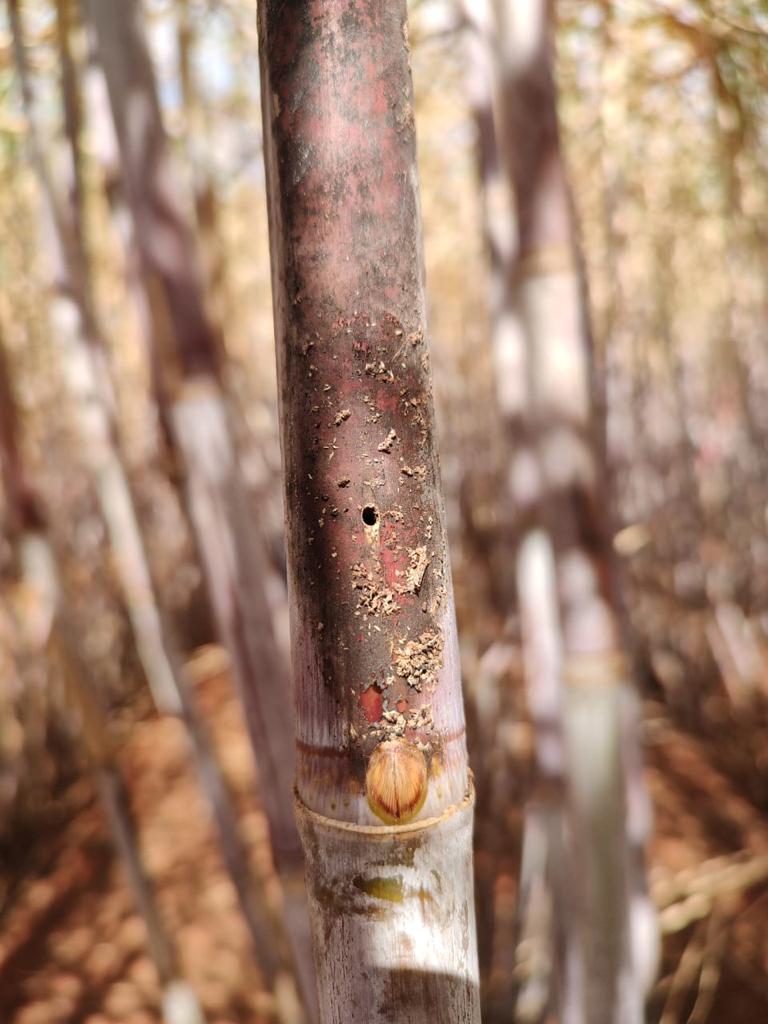
Photo 2: Hole made by the sugarcane borer in the stem of the plant.
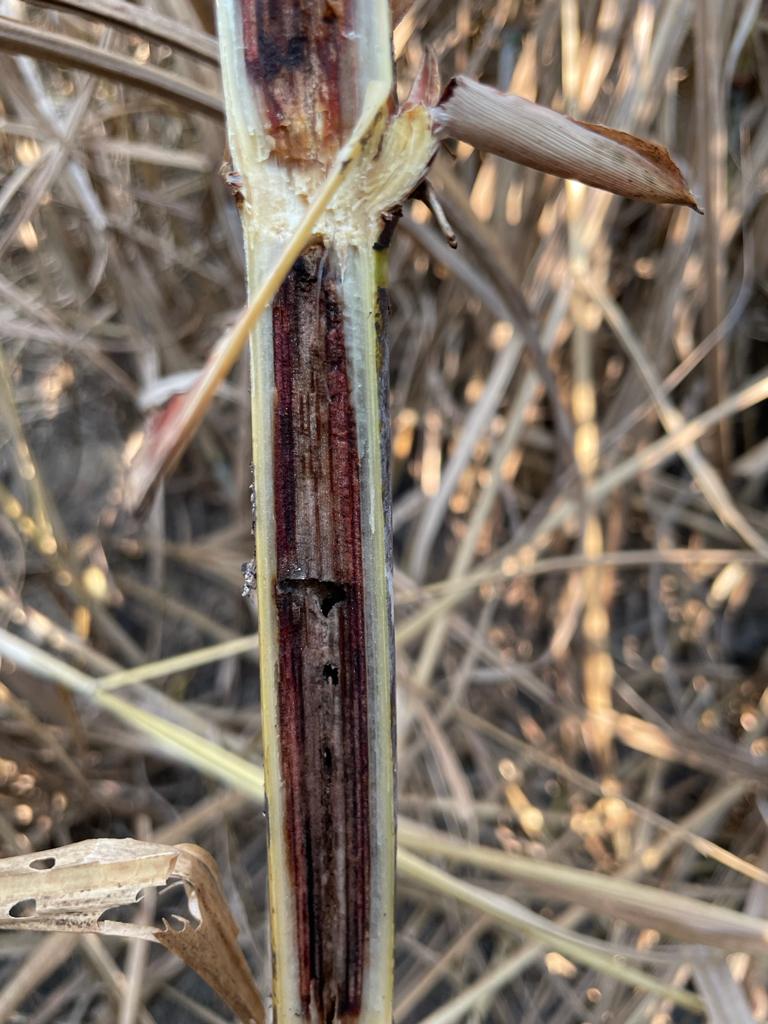
Photo 3: Plant stem attacked by the sugarcane borer
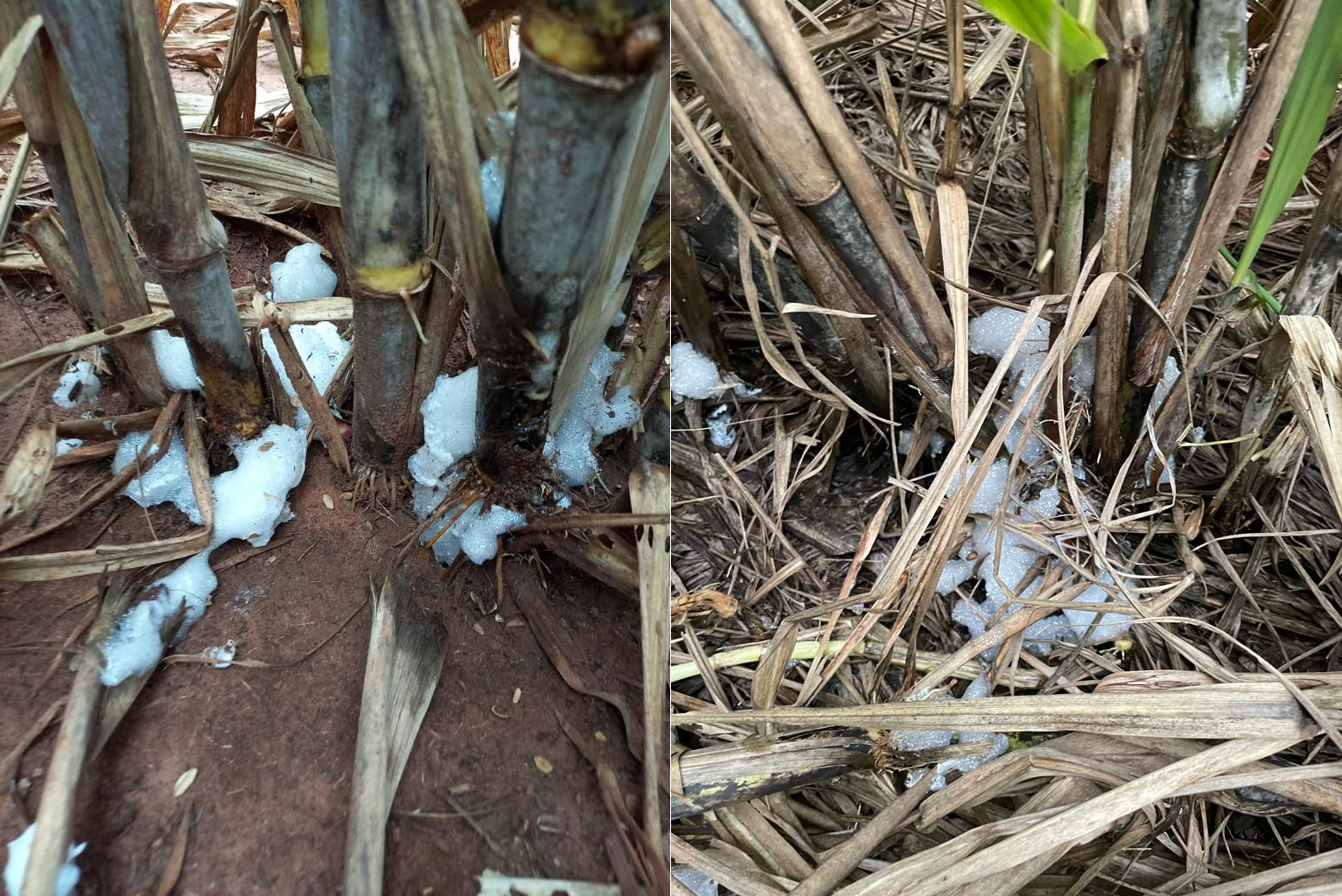
Photos 4 and 5: attack by Mahanarva sp. The foam is produced by the red-leafhopper nymphs.
READ MORE:

